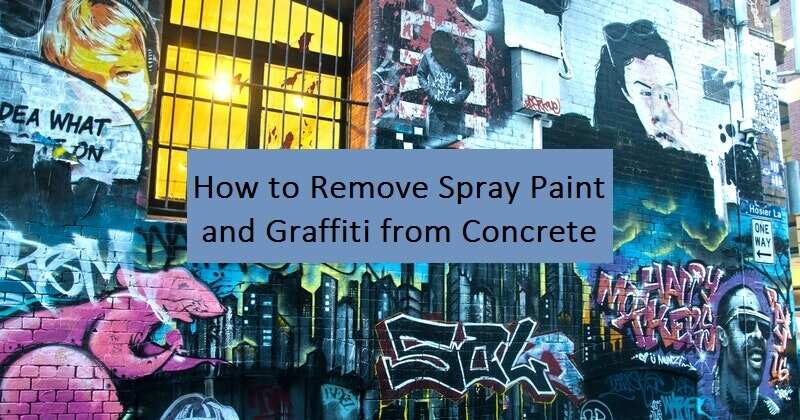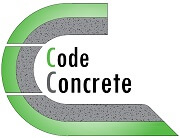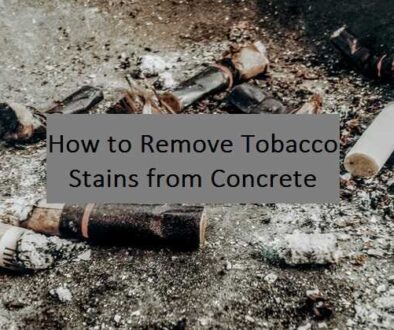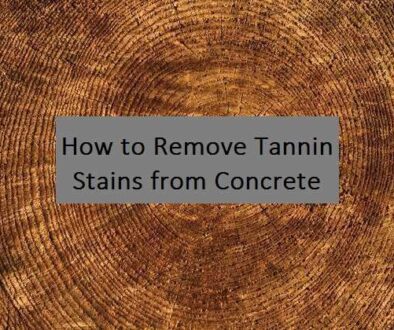How to Remove Spray Paint and Graffiti from Concrete

Last updated on April 28th, 2023
Removing spray paint and graffiti from concrete surfaces can sometimes be a really difficult task. With graffiti, artists generally use various products, such as spray paint, felt tip pens, marker pens, chalk, crayon, and basic paints, having different chemical compositions, and on several layers, which make their removal laborious. In fact, the four main factors which affect the toughness of spray paint on concrete include the chemical composition of the product, the number of layers, time, and properties of concrete. Accordingly, the effectiveness of the removal methods of such paints can vary significantly between a project and another.
In general, the most effective removal methods include the use of proprietary products. However, for small spray paint stains, some DIY methods can sometimes be effective.
In this article, we will address the ideal methods on how to remove spray paint and graffiti from concrete surfaces.
How to remove spray paint and graffiti from concrete: The ideal methods
Method #1: How to remove spray paint and graffiti from concrete with a DIY method

This method can be highly effective for the removal of some small and relatively new spray paint stains from concrete.
Things you will need
- Absorptive cloth / paper towels.
- Bristle brush.
- TSP.
- Safety gear.
- Sawdust / talc powder / cat litter.
- Sodium hydroxide / xylene / methyl ethyl ketone (MEK) / mineral spirits.
- Hot water*.
- Strong soap / laundry detergent.
- Scouring powder.
- Clean water.
* Depends on the materials – used with sodium hydroxide.
Notes
- Trisodium Phosphate: Other names include Sodium Orthophosphate, TSP, or Phosphate of Soda.
Appearance: White crystalline powder.
Availability: It is available at the supermarkets.
Hazards: This product is corrosive to flesh. - Sodium Hydroxide: Other names include Caustic Soda and Lye.
Appearance: White crystalline powder.
Availability: It is available at chemical and cleaning supply stores.
Hazards: It is corrosive and irritating. - Xylene or Xylol.
Appearance: Clear colorless liquid.
Availability: It is available at paint and sealer supply stores.
Hazards: Irritant and flammable. - Methyl Ethyl Ketone, Butanone, or MEK.
Appearance: Colorless liquid.
Availability: It is available at paint and some hardware supply stores.
Hazards: Irritant and flammable. - Mineral Spirits: Other names include Mineral Turpentine, Refined Naphtha, and White Spirit.
Appearance: Clear liquid.
Availability: It is available at paint supply stores.
Hazards: Irritant and flammable. - Laundry detergents and strong soap can be corrosive to flesh, and cause irritations.
Procedure
- For fresh or wet spray paint, soak up as much of the paint as possible, without wiping, using an absorptive cloth or paper towels.
- Put on your safety gear.
- Scrub the surface with a TSP solution.
- Rinse with clean water.
- Prepare a poultice by mixing one of the following with talc or sawdust to form a thick paste:
- Sodium hydroxide and hot water.
- Xylene.
- Methyl ethyl ketone (MEK).
- Mineral spirits.
- Apply the paste to the spot and let it stand until dry.
- Scrape off the remains.
- Rinse.
- Scrub with scouring powder using a bristle brush.
- Rinse again.
- Scrub with strong soap or laundry detergent and water using a bristle brush.
- Rinse and flush the surface thoroughly with clean water.
Explanation
First, if the spray paint on concrete is still fresh, immediately apply a clean absorptive cloth or paper towels to soak up as much as possible of the paint. However, it is important not to wipe or rub the spray paint as this can further spread and push it deeper into the surface.
Then, put on your safety gear, and gently scrub the spot with a solution of TSP according to the product’s dosage using a bristle brush for a couple of minutes, and rinse with clean water. Next, prepare a poultice by mixing sodium hydroxide and hot water, xylene, MEK, or mineral spirits, with talc, sawdust, or cat litter to form a thick paste, and apply right on the spot. The poultice should be about 1/4 to 1/2 inches thick (~6-13 mm), covering an area slightly larger than the margin of the spray paint stain. Then, after the poultice dries, scrape off the residue and rinse with clean water.
Afterwards, if the stain persists, gently scrub the surface with scouring powder using a bristle brush, and rinse the surface. Then, re-scrub the surface, also gently, with a solution of strong soap or laundry detergent. And finally, rinse and flush thoroughly with clean water.
It is important to note that some types of spray paints do not require the whole removal process. Accordingly, you can rinse and flush the surface at any stage when the spray paint stain disappears.
Method #2: How to remove spray paint from concrete with a proprietary product and power washing

This method is more preferable than the previous one, and is generally highly effective for the removal of most spray paints and graffiti from concrete. In addition, it is less complicated and more time efficient. However, it is important to note that some stubborn paints may require multiple applications of a product, or even different products. Besides, sometimes the spray paints or graffiti, especially when old with multiple layers on a porous concrete, can be deeply settled and can leave a shadowing effect even after multiple adequate removal attempts.
Things you will need
- Protective gear.
- Proprietary special spray paint and graffiti removal product(s).
- Broom*.
- Sprayer*.
- Pressure washer.
Procedure
Different products may require different application procedures, and we recommend to follow the manufacturer’s instructions for your specific product. However, we will briefly present a typical method.
- Put on your safety gear.
- Apply the chemical to the surface either with a broom or with a sprayer, depending on the product.
- Let it stand for a certain period of time.
- Pressure wash the surface.
- Repeat as needed.
Explanation
Most spray paint or graffiti removal products require that you wear a safety gear, especially when pressure washing. Next, you can apply the chemical to the surface. In fact, some products are available as a gel, which you can apply with a broom and scrub gently. Whereas, some other products have a lower viscosity, in which you can apply with a sprayer. Then, allow these chemicals to stay on the surface for a certain period of time, generally ranging between 10 minutes and 45 minutes, depending on the product. And finally, pressure wash the surface.
Other removal methods
In addition to these removal methods, there are other effective methods which include high pressure washing, high pressure steam cleaning, sand blasting, and grinding. However, we did not address these methods since they can damage the surface.
Preventive methods
In general, it is highly preferable to follow preventive or protective methods instead of removing spray paint and graffiti on a regular basis. For example, you can apply an anti-graffiti product or sealer to the surface before placing the structure into service. Or, you can apply such products after the removal of graffiti, especially when a reoccurrence is likely to happen. Mainly, anti-graffiti products or sealers can prevent or significantly reduce the ability of the spray paint to stick to the surface or penetrate it. In addition, even if some paints do stick to a treated surface, its cleaning would be fairly simple and easy.




